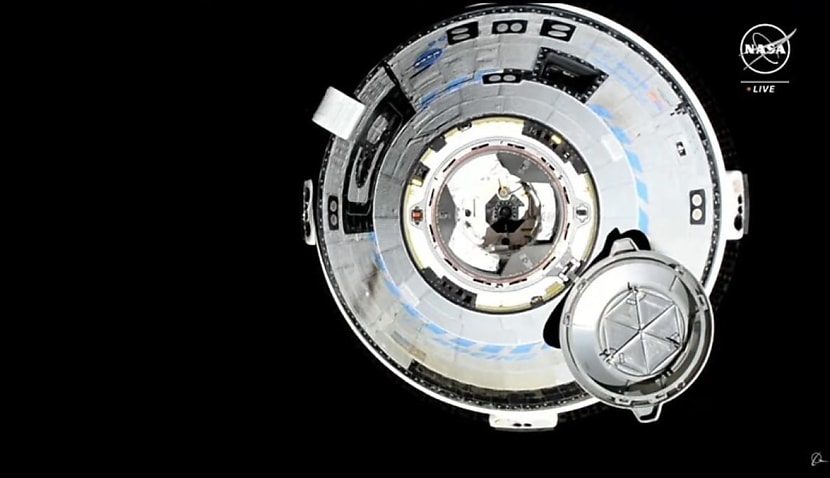
At a briefing on Wednesday, NASA pushed back the SpaceX Crew-9 launch from mid-August to late September, a move that could allow the two astronauts to return to Earth in the rival vehicle.
Crew-9, however, isn't due to return to Earth until February next year, meaning an initial eight-day stay could balloon to more than six months. A final decision is expected in weeks.
The Boeing-made Starliner finally blasted off to the ISS in June on its historic first crewed mission after a series of delays. The spacecraft was due to come back after just a week, but issues with both the thrusters and helium leaks meant Sunita “Suni” Williams and Barry “Butch” Wilmore have remained in the space laboratory ever since.
Previously, both Boeing and NASA have strongly denied any suggestion the pair would not return on Starliner, despite the potential to send it back home autonomously without crew.
“This adjustment [of the Crew-9 launch] allows more time for mission managers to finalise return planning for the agency’s Boeing Crew Flight Test currently docked to the orbiting laboratory,” NASA said in a statement.
“No decisions have been made regarding Starliner’s return.”
The problems with Starliner included five of its 28 manoeuvring thrusters failing during the journey to the ISS, a propellant valve not closing properly, and five helium leaks.
NASA and Boeing are trying to replicate the problem on Earth by test-firing identical thrusters at New Mexico’s White Sands Missile Range in a bid to find a solution.
The organisations, though, have spent weeks playing down concerns regarding Starliner, insisting it remains cleared for return in case of an emergency.
In a new statement, Boeing said it still believes in “Starliner’s capability and its flight rationale”, indicating a potential difference of opinion with the space agency's latest thinking.
“If NASA decides to change the mission, we will take the actions necessary to configure Starliner for an uncrewed return,” it said.
The current mission is the final test flight before NASA certifies the vehicle for regular operational missions starting as soon as next year.
Starliner was initially due to blast off to the ISS earlier last month, but the first attempt was scrubbed at the last minute because of a faulty valve on the rocket’s Centaur upper stage.
A subsequent try on 17 May was also repeatedly delayed, this time due to a helium issue. Finally, a third problem was found to be linked to a flange in a thruster in the spacecraft’s service module.
May’s scrubbed launches are the latest in years of issues for Starliner, which Boeing hopes will be able to regularly send US astronauts into space much like SpaceX’s Dragon capsule.
Starliner’s first attempt at a flight without humans onboard failed in 2019 due to software glitches, but it eventually docked with the ISS in May 2022.

Adam Thorn
Adam is a journalist who has worked for more than 40 prestigious media brands in the UK and Australia. Since 2005, his varied career has included stints as a reporter, copy editor, feature writer and editor for publications as diverse as Fleet Street newspaper The Sunday Times, fashion bible Jones, media and marketing website Mumbrella as well as lifestyle magazines such as GQ, Woman’s Weekly, Men’s Health and Loaded. He joined Momentum Media in early 2020 and currently writes for Australian Aviation and World of Aviation.
Receive the latest developments and updates on Australia’s space industry direct to your inbox. Subscribe today to Space Connect here.












